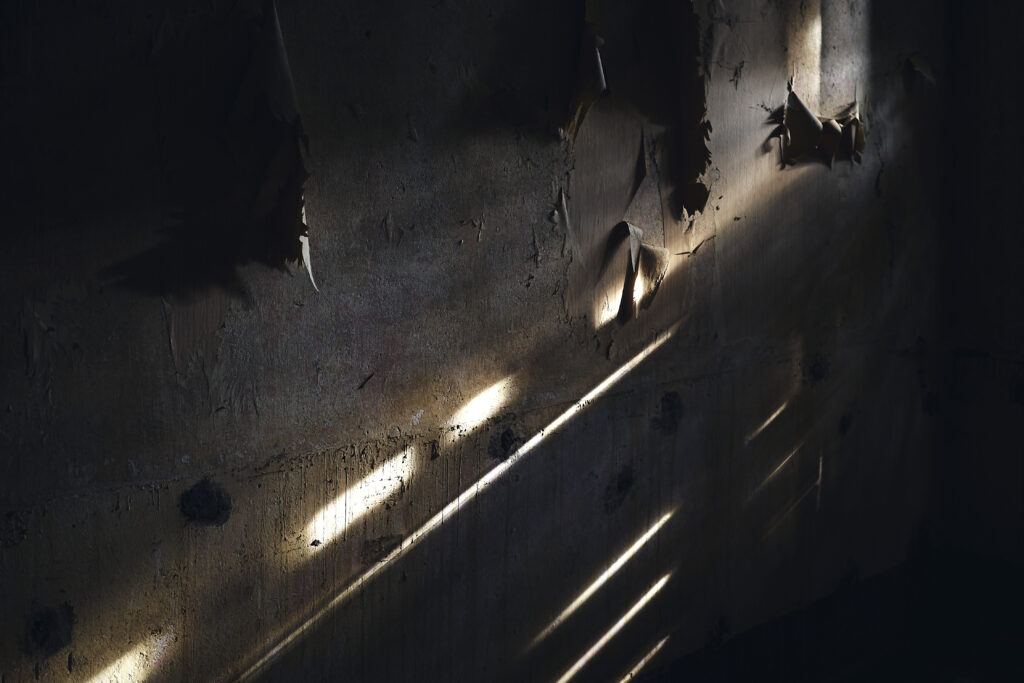
Creepy Cryptids of SA: Pinky Pinky
Ah, Pinky Pinky, the urban legend that’s as unique as its name suggests. Now, for those of you not in the know, Pinky Pinky is a tale that’s steeped in the rich, albeit sometimes eerie, tapestry of South African urban legends. So, grab your torchlights and let’s dive into the heart of this mysterious myth.
Once upon a time, in the not-so-far lands of South African playgrounds, whispers of a peculiar creature echoed among school corridors and playgrounds. This creature, known as Pinky Pinky, became the centerpiece of hushed conversations and fearful glances in school bathrooms.
So, what’s the deal with Pinky Pinky, you ask?
Let’s Find out.
The Tale of Pinky Pinky
Pinky Pinky, for the uninitiated, is an urban legend that predominantly haunted the minds of schoolgirls across South Africa. The story goes that Pinky Pinky is a monstrous entity, said to be a half-human, half-animal creature with, you guessed it, a penchant for pink. The legend asserts that this creature particularly targets girls in school restrooms, especially those adorned in pink attire. It’s said to appear when least expected, causing distress and panic.
Origins and Spread
The origins of Pinky Pinky are as murky as the waters of a haunted lake. Some say it originated from traditional Zulu folklore, while others argue it’s a relatively modern creation, stemming from the 1990s. What’s clear, though, is how rapidly it spread across schoolyards, evolving with each retelling. In a time before social media, Pinky Pinky became viral in the most traditional sense – through word of mouth.

Cultural Impact
The impact of Pinky Pinky on South African culture, particularly among school children, was profound. It became a cautionary tale, a reason for schoolgirls to avoid bathrooms alone or to shun pink clothing. Teachers and parents were baffled, while children were genuinely terrified. It’s a testament to the power of storytelling and how folklore can influence real-life behaviors and beliefs.
Analysis: Fear and Morality
What makes Pinky Pinky fascinating is not just its spooky nature, but what it represents. Urban legends often reflect societal fears and moral lessons. In the case of Pinky Pinky, it could symbolize the fear of the unknown, the dangers lurking in familiar places, or a warning against vanity (pink being a colour often associated with frivolity). It’s a blend of traditional folklore elements with contemporary fears, tailored to a schoolyard setting.

Pinky Pinky Today
Fast forward to today, and Pinky Pinky has somewhat faded into the background, replaced by new myths and legends of the digital age. However, its legacy remains. It’s a reminder of the power of stories, how they can grip the collective consciousness, and the thin line between reality and myth.
So, there you have it. Pinky Pinky may not be making headlines anymore, but its story lingers in the corridors of South African schools and the memories of those who grew up fearing it. It’s a reminder that sometimes, the most intriguing mysteries are those passed down through hushed whispers and wide-eyed recounts in the playground.
Pinky Pinky, a creature of myth, a figment of imagination, or a shadow of societal fears? You decide.
Just maybe, avoid wearing pink to the bathroom, just in case.




2 Responses
What did Pinky Pinky allegedly do to girls in their bathrooms? I’m interested because, as a teacher, (long ago!!) we always told children under 16 never to go to public bathrooms alone.
So from my understanding after much research it would attack the girls who wore pink and physically harm them! Sort of like a local version of Bloody Mary. Whether the tale is true or not, I’ll leave that up to you!